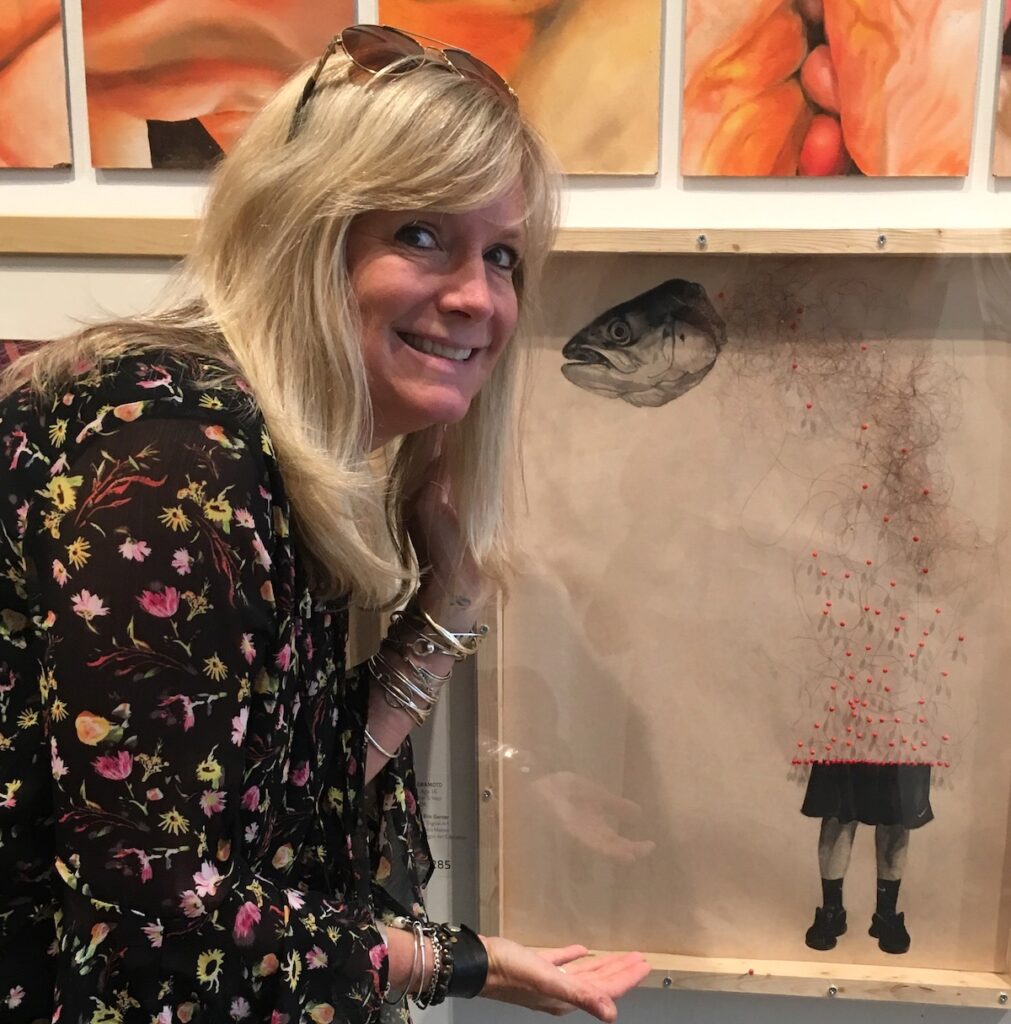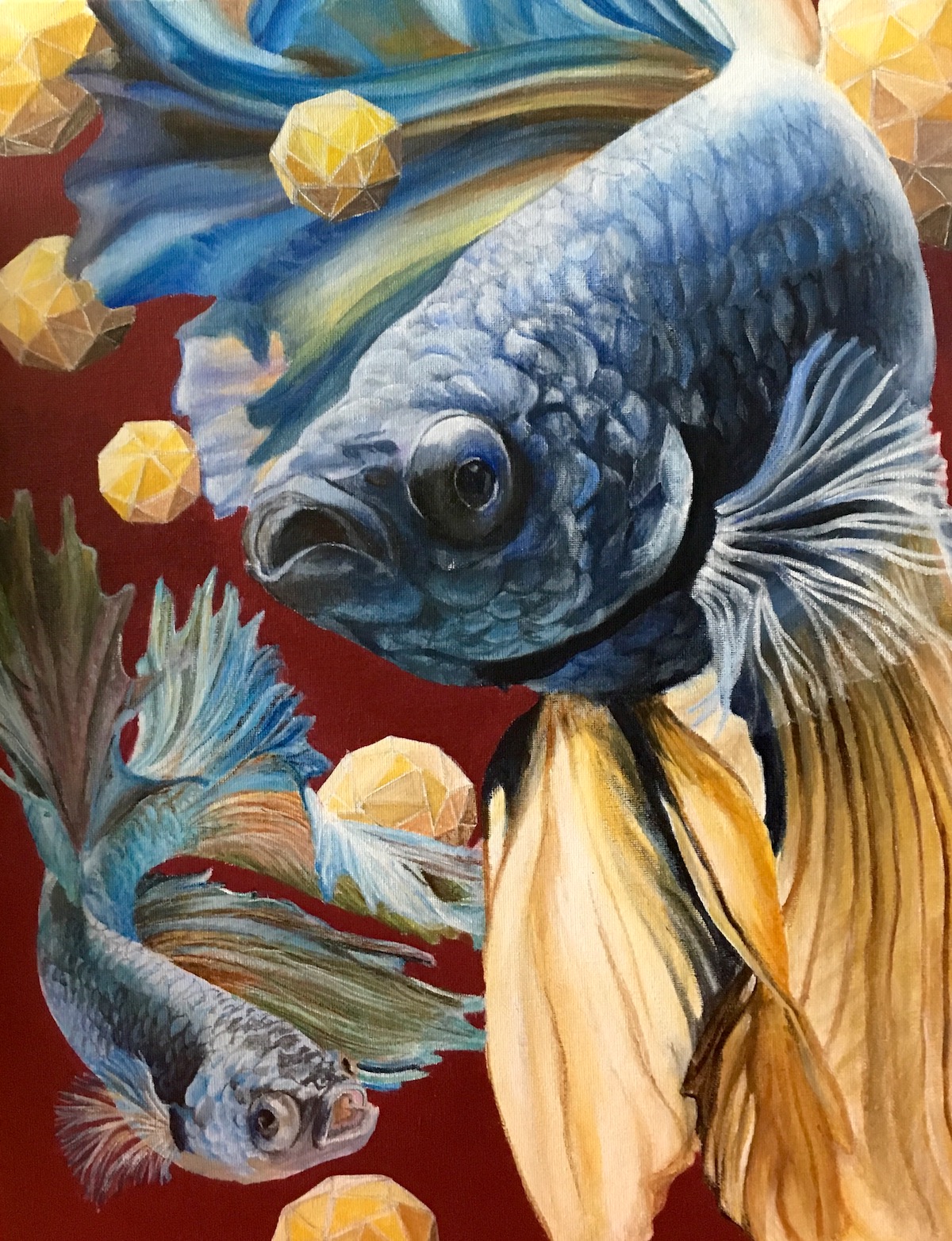Art educators constantly debate the merits of art contests for our students. With 24 years of teaching experience, I can confidently say…there really isn’t one “correct” answer! You must consider the age, experience, and needs of your students and think about how contests fit in with your teaching practice. It really is an individual choice for both the art educator and the art student.
Contests at Different Levels
For example, I wasn’t a fan of doing contests with my elementary students. I exhibited everyone’s work and wanted all my students to feel they were amazing artists. Selecting a few “winning” pieces didn’t fit with my teaching philosophy.
However, when I moved to the high school level, I realized many of my students would depend on local, regional, and national recognition to earn scholarships. Instead of shying away from contests, I suddenly found myself running toward them! I was seeking out as many competitions, contests, and scholarship programs as I could to help make my students’ higher education dreams become their realities.
A Standout Contest
One such contest that always gets a lot of attention is the Scholastic Art Awards. Scholastic is described as, “…the nation’s longest-running and most prestigious recognition program for creative teens in grades 7–12.”
In fact, this year alone, students submitted over 330,000 works of visual art and writing. The top pieces are recognized both locally and nationally. You can read more about the contest here.
Over the years, I’ve had a lot of experience with this contest. In fact, I recently returned from New York City where my colleagues and I had the opportunity to see two of our students receive their National Scholastic Gold Keys at Carnegie Hall. Talk about a WOW moment! Today I’d love to share some insight.
Here’s how to help your students get the most out of the Scholastic Art Awards.

1. Introduce the award to your students early in the school year.
In our region, art is due the first week of December. Presenting the contest early in the year gives students time to consider what they might want to submit. Be sure to check the exact deadlines in your location, so your students can be prepared, as each region and affiliate differ.
2. Be sure to show your students lots of great examples.
Scholastic judges are very interested in the creative and divergent thinking that goes into each piece of submitted art. As students view regional and national award-winning works, they begin to see having amazing drawing skills alone isn’t going to cut it. They understand they need both technical and creative excellence. I usually put together a PowerPoint presentation each year to help students see a wide variety of work.

3. Share the rules, regulations, and guidelines set forth by Scholastic with your students.
It’s important to state exactly what your students will need to do. Be aware that there is a submission fee. Currently, the fee sits at $5 per entry or $20 for a senior portfolio consisting of eight pieces. There is a waiver for students on free and reduced lunch, but it must be filled out early in the year.
4. Remind students their photos and submission info matters!
At my school, we have students take their own photos and upload their own work. If you do the same, make sure you explicitly teach students how to take strong photos. In addition, remind your students they need to write every medium they used in the “Media” section. This is important as it tells the judges the difference between paintings, drawings, mixed media work, etc… Scholastic does a wonderful job of sharing strong student examples from each of their categories to help students figure out which category will best suit their work.

5. Submit the work early and help your students through the waiting process.
Have students submit their work at least a week before the official due date. The system has been known to slow down since so many students are submitting work. Once the art has been submitted, it’s fun to watch your students anxiously await the regional results. This can be a nerve-wracking time for your students, so it’s nice to remind them visual art is subjective and all of the submitted art is outstanding. For example, here is a piece that didn’t earn national recognition.

Once the list of regional awards comes out, usually in early February, students are beyond excited to see how well they and their peers did. In Georgia they give out Gold Keys, Silver Keys and Honorable Mentions and SCAD (our current state affiliate and adjudicators) holds a reception for the state Gold Key winners and exhibits the work. All Silver Key recipients have the option of having their work shown digitally at the reception as well. All of the Gold Key art then moves on for national judging. Scholastic usually releases the winners in mid-March.
Following these tips and guidelines will give your students the best chance of having their art be recognized. Remember to encourage both technical and creative excellence and make sure your submissions are thorough and complete. Beyond that, simply remind your students how proud you are of them, no matter the results!
Do you and your students participate in visual art contests or competitions?
Do you think contests can be good visual art advocacy tools?
Magazine articles and podcasts are opinions of professional education contributors and do not necessarily represent the position of the Art of Education University (AOEU) or its academic offerings. Contributors use terms in the way they are most often talked about in the scope of their educational experiences.





